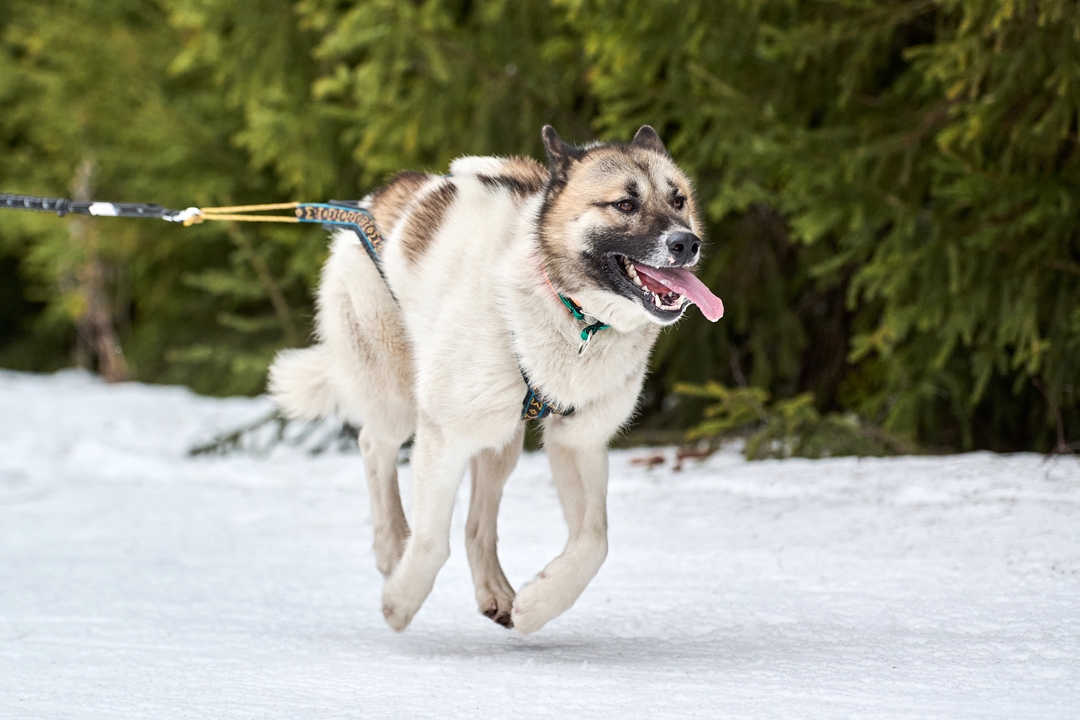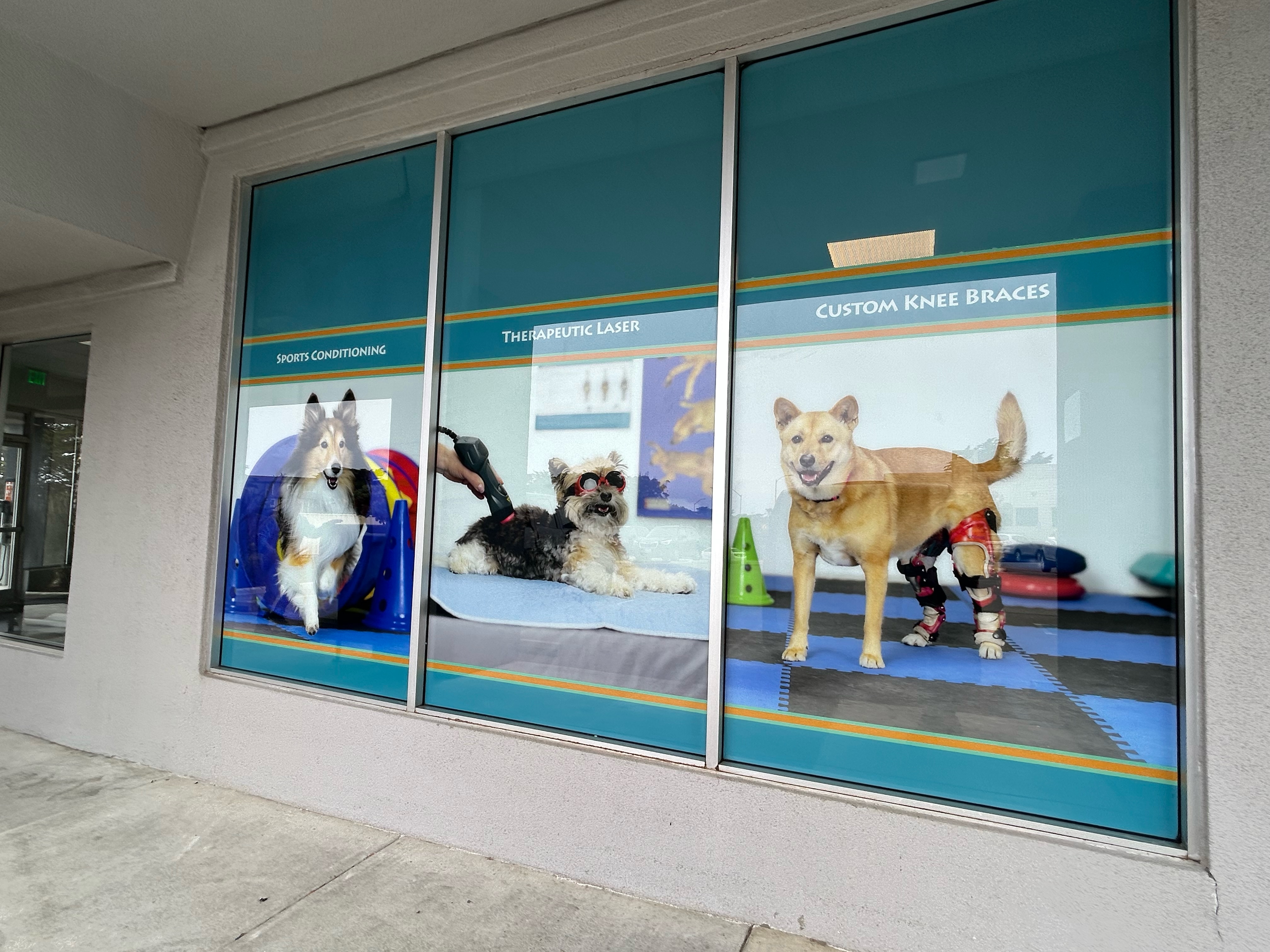Optimizing Treatment Schedules with PiezoWave 2T Vet Shockwave
When planning shockwave treatment schedules with the PiezoWave 2T Vet, it’s crucial to tailor the approach to each patient’s unique needs and recovery goals. Cindy Harrington, our expert in veterinary shockwave treatment, shares insightful recommendations to aid practitioners in formulating optimal treatment plans.
Understanding Treatment Frequency
A common query among veterinarians is how frequently to schedule shockwave treatments. Cindy emphasizes that the frequency of treatments hinges on the specific injury, the patient, and the healing objectives. While our small animal user guide suggests weekly treatments as a guideline, it's important to note that this is not a rigid rule but rather a recommended approach.
The Value of Consistent Series
Achieving effective tissue healing typically requires a series of three to six treatments. This series is pivotal in facilitating the best possible recovery for your patients. The convenience of incorporating shockwave therapy into regular rehabilitation sessions highlights the benefits of consistent scheduling without necessitating separate visits. The approach is virtually painless, minimizing post-treatment discomfort.
Scheduling for Success
The timeline for tissue healing, especially in cases of tendon injuries, can span three to six months. Within this phase, conducting a series of shockwave treatments is vital. Whether it's around three sessions or a full six, the extent of the injury and the treatment dosing will determine the exact number of sessions needed. The flexibility in timing allows for adjustments without compromising healing if circumstances such as vacations disrupt the schedule.
The Biological Healing Process
It’s essential to understand that the healing process is not about speed but about achieving strong, resilient, and flexible tissue. Cindy advises practitioners to focus on developing biologic and physiologic structures through their treatment plans. A weekly schedule is her personal preference as it maintains a structured framework but takes into account the practitioner’s discretion based on patient needs and circumstances.
Final Thoughts for Practitioners
Veterinary professionals are empowered to make informed decisions regarding treatment schedules as long as they maintain a cohesive series within the tissue healing period. This flexibility ensures that even if scheduling hurdles occur, the healing process is not adversely affected. Practitioners are encouraged to reach out with further questions to continue optimizing care for their furry patients.
By embracing these tailored guidelines, veterinary practitioners can enhance the efficacy of shockwave treatments, ensuring the best possible outcomes for their patients.
ELvation Marketing Team
Combining sales and flexible customer support with many years’ in-depth knowledge of medical equipment we offer customized solutions to create value with long-term investments and medical supplies. ELvation’s strength lies in its ability to combine the apparently contradictory needs of improving the standards of patient care by providing high-quality medical technology and good corporate profitability. We have a special partnership with Richard Wolf GmbH as their long-term authorized Sales & Service Team for piezo shockwave systems.



